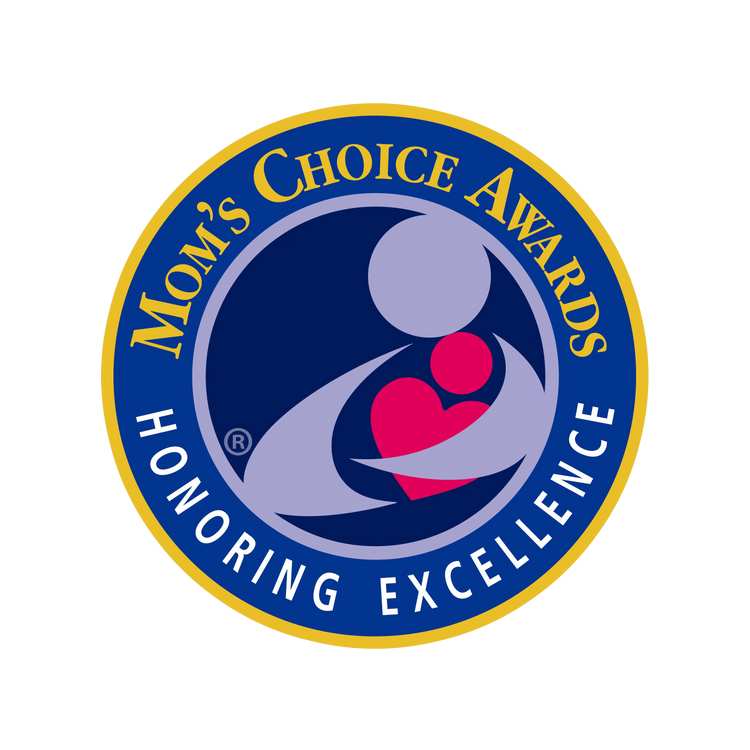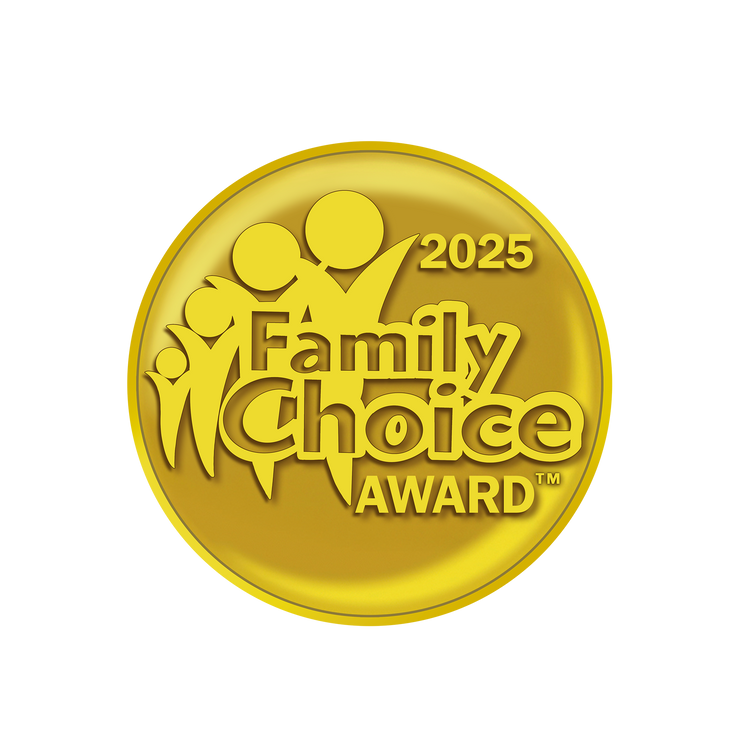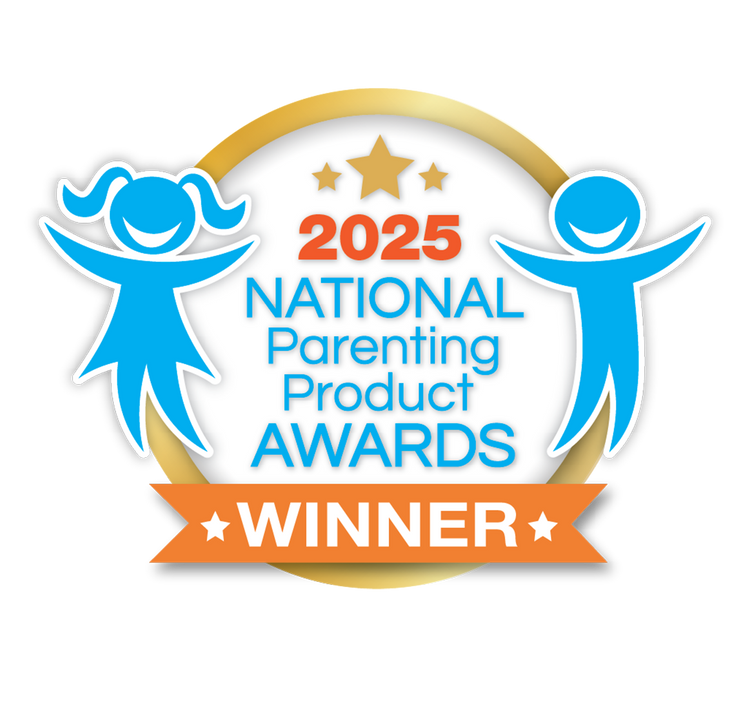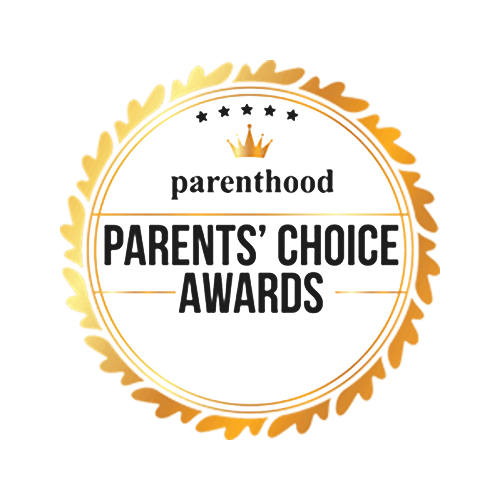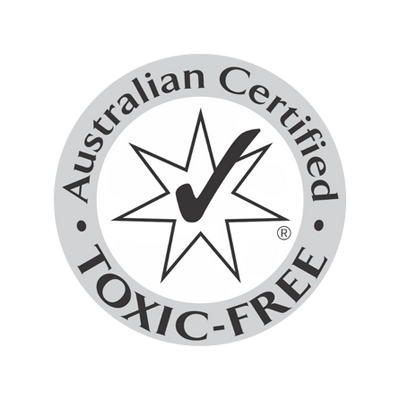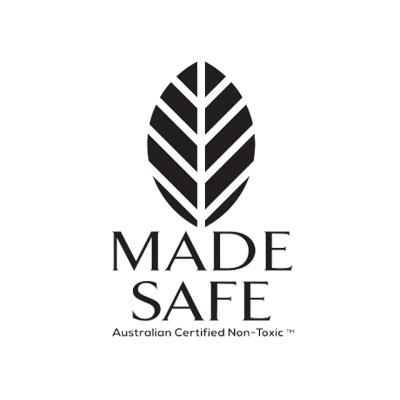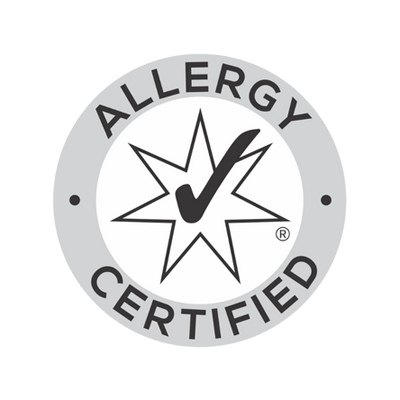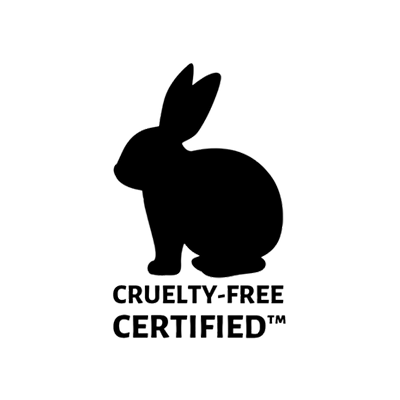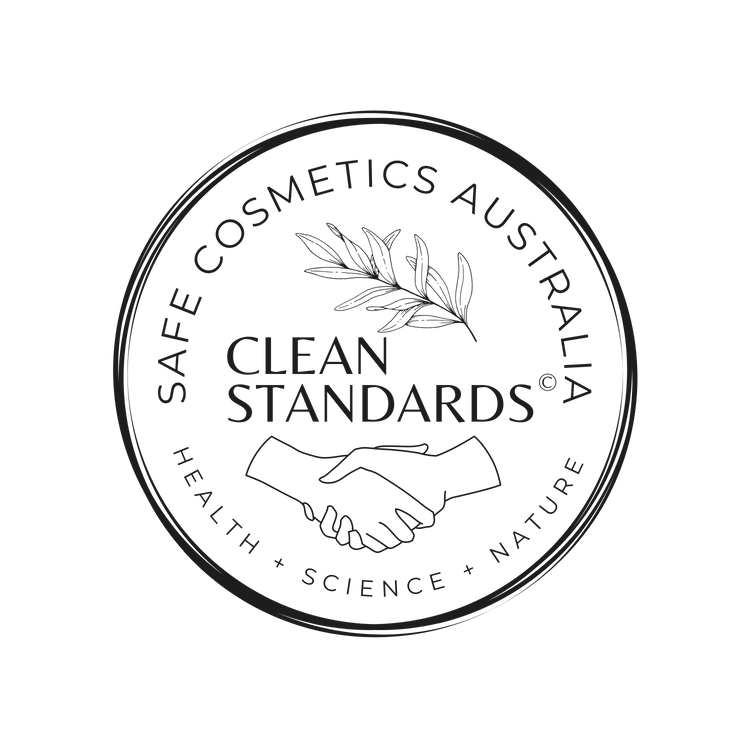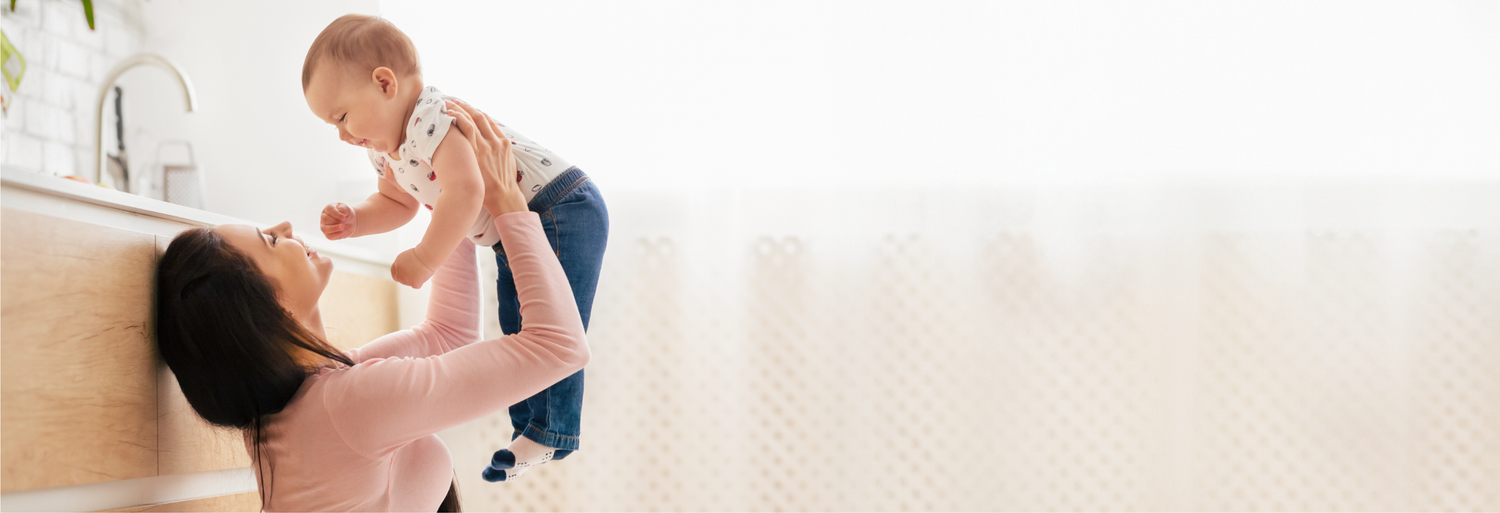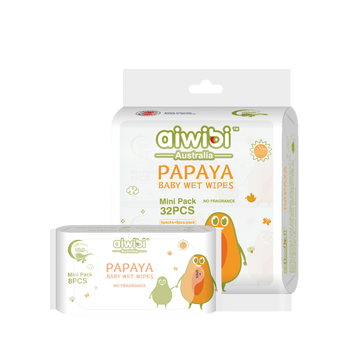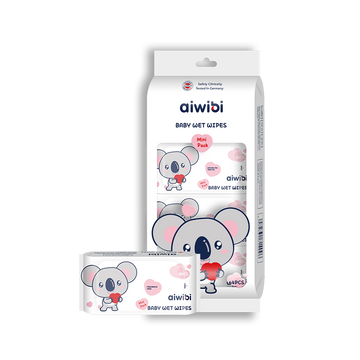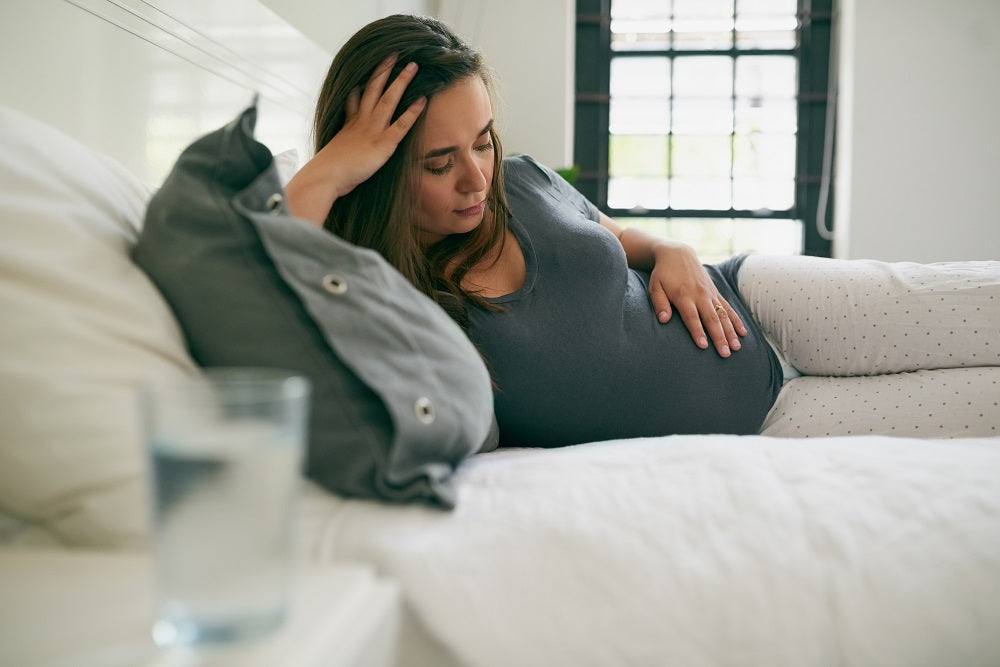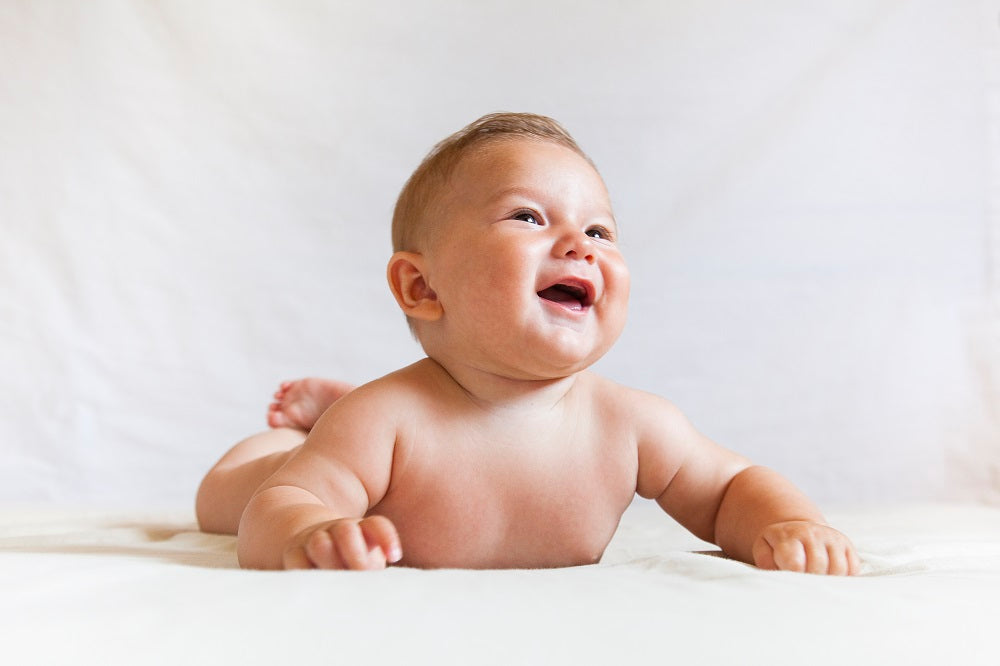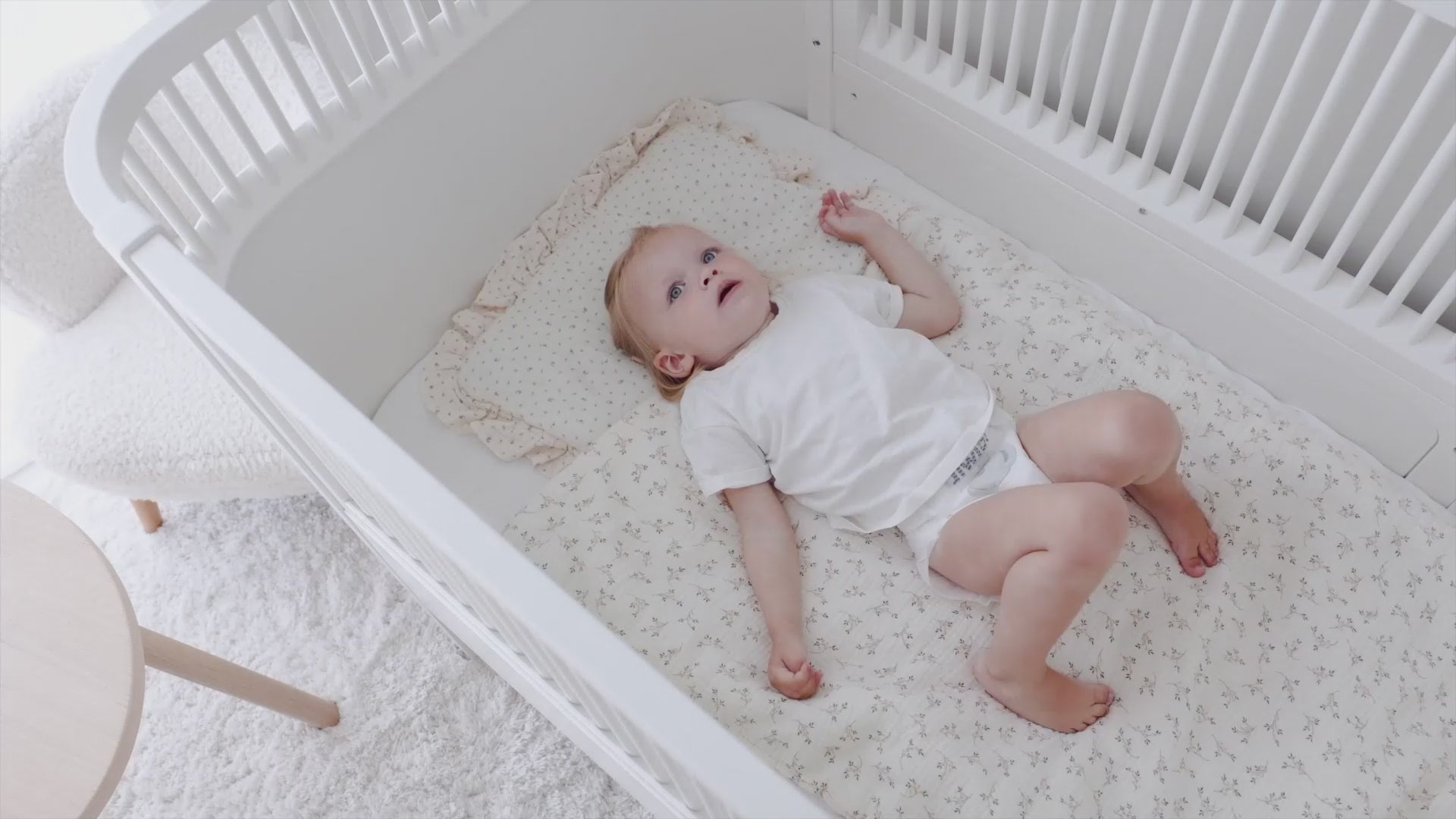
Curated Collection
Air Comfort Disposable Baby Nappies
Ultimate Comfort Disposable Overnight Nappies
Ultimate Comfort Night Nappy Pants
Royal Comfort Baby Nappy Pants

Made To Protect Little Dreams
Our premium nappies are designed to move with your baby, keeping you baby comfortable longer with more peaceful nights and playful days. Our Premium diapers are designed with breathable, ultra-soft materials and trusted leak protection keeping your baby’s delicate skin dry and comfortable.
Free to Move, Made Simple
Engineered for active explorers, Aiwibi nappy pants combine freedom of movement with trusted dryness. The flexible waistband moves with your baby’s every step, while rapid-absorb layers prevent sagging—keeping playtime comfortable and uninterrupted.

Premium Features

Dual Absorbent Core™
Our Dual-layer absorbent tech in our premium diapers allows up to 2,000ml of water absorption. That’s 8 full cups of water keeping your baby protected overnight and throughout the day.

Ultra-thin Core™
0.1cm Naked-feel Core delivers ultra-thin comfort with rapid absorption, thanks to its innovative honeycomb structure and Japanese SAP technology.

Soft Bubble Waistband™
Our innovative 360° Soft Bubble Waistband™ prevents red marks while providing a snug and comfortable fit that adapts to your baby’s movements.

Gentle Care
Made from natural plant fibers, ensuring a gentle, non-irritating experience for baby's sensitive skin, with 0% fragrance, alcohol, and parabens.
Honors & Certifications
Blog Posts
Early Pregnancy Cramps: What’s Normal, What’s Not, and How to Cope
If you’ve recently found out you’re pregnant, congratulations! You’re probably feeling a mix of excitement — and let’s be honest, a little nervousness too. Your body’s changing in ways you might have never imagined, and it’s normal to have questions, especially when you notice something unexpected like cramping. I remember when I first saw those two lines on my pregnancy test, and then felt those twinges in my belly. My mind went everywhere: “Is this normal? Should I be concerned?” So, if you’re experiencing early pregnancy cramps, you’re not alone — and in most cases, it’s not a reason to panic. Let’s talk about what those cramps might mean, how to tell the difference between normal and “not-so-normal," and ways to ease the discomfort. Think of this as advice from a friend — not just a list of medical terms. Why Do Cramps Happen in Early Pregnancy? Short answer: your body is working overtime. Seriously, it’s like a backstage crew rearranging everything to set the stage for your baby. Mild cramps are often just your uterus stretching and making room for its new guest — this is especially common early on. Some women notice implantation cramping. It's often described as a gentle ache, almost like the start of a period but not quite. If you notice this around the time your period was due, it could just be your body saying, “Welcome, baby!” Common (and Not-So-Scary) Reasons for Early Pregnancy Cramps Growing Uterus: Your uterus is expanding, and sometimes your ligaments — especially the so-called round ligament — stretch or pull a bit. You might feel quick, sharp twinges if you stand up too fast or twist your body. Gastrointestinal Ups and Downs: Raise your hand if pregnancy has gifted you with weird digestion. Hormones like progesterone slow everything down, which might mean more gas, bloating, and even constipation. Honestly, it’s not glamorous, but it’s super common. Sometimes, what feels like a cramp is just your body dealing with yesterday’s dinner. Dehydration: It’s so easy to forget to drink enough water, especially if you’re feeling blah. But when you’re dehydrated, your muscles — including your uterus — notice. Keeping a water bottle handy can make all the difference. Urinary Tract Infections (UTIs): You might wind up with a UTI, which brings its own set of cramps, especially lower down. If it burns when you pee or you’re running to the bathroom every five minutes, call your doc. Early Pregnancy Cramps: Causes & Guidelines Cramping After Specific Activities or Triggers: What to Expect Ever notice those occasional twinges after getting a little more active or intimate than usual? Many expectant moms find that cramping can show up after specific activities or triggers, and it's often nothing to worry about. For example, cramping after sex is pretty common in early pregnancy. The combination of increased blood flow, mild uterine contractions during orgasm, and sensitivity in pelvic muscles can lead to some discomfort. Similarly, an active exercise routine — especially if you're new to working out or pushing yourself a bit — can trigger cramps, especially if you forget to hydrate or if you've been standing for long periods. Round ligament pain may make its debut when you're changing positions quickly — say, getting out of bed too fast or turning sharply while walking. This can feel like a sudden, sharp twinge on one side of your lower abdomen. If you're standing for long stretches or moving around a lot, muscles and ligaments supporting your uterus can get a workout, triggering mild cramping or discomfort. Some women find relief by wearing a pregnancy support belt to take the edge off. Don't forget those lovely digestive changes: constipation, trapped wind, and passing gas can bring about cramps as well. It's wild how much your gut can affect your comfort levels! And while most cramping after activity is harmless, remember to listen to your body. Dehydration can make cramps worse, so keep a water bottle handy, and take breaks if you start feeling achy. Gentle movement, lots of fluids, and giving yourself permission to slow down all help. Occasionally, you may also notice Braxton Hicks contractions popping up later in pregnancy — these are "practice contractions" and are usually harmless, but if they persist, check with your midwife or doctor. Every pregnancy is different. If cramping feels sharp, lasts longer than expected, or comes with other symptoms, reach out for advice. Sometimes Cramping Is a Red Flag Now, most early cramps are harmless, but there are times when your body is waving a flag and asking you to pay closer attention. Ectopic Pregnancy: This is rare, but super important to catch. If you feel sharp pain on one side, or you’re bleeding more than a little, and you feel faint or dizzy, get help — fast. Ectopic pregnancies usually come with intense pain and definitely need a doctor’s care. Miscarriage Worries: If your cramps ramp up and are paired with heavy bleeding or tissue passing, call your provider. It’s heartbreaking, but it’s better to know what’s going on and get support if you need it. Placental Abruption or Preterm Labor: This is much less common early on, but if you have severe, sudden cramps, lots of bleeding, or your tummy feels hard and sore, please get checked out right away. What Can You Do When Pregnancy Cramps Strike? Having gone through this myself, and having many chats with moms-to-be, there are a few tried-and-true things that help: Drink up! Keep that water bottle close — hydration really helps your body cope. Move your body gently: Sometimes a walk is just the ticket. It helps with both cramps and those pesky gastrointestinal issues. Eat well: Trust me, fiber is your friend. Foods like oatmeal, fruits, and veggies can keep constipation from making cramps worse. Relax and rest: Take it easy when you need to. A cozy blanket and a warm (not hot) compress can make a world of difference. Listen to your body: No one knows your body better than you. If something feels off, it’s always better to check in with your healthcare provider — even if it’s just for reassurance. Real Talk: Everyone’s Experience Is Unique Some days you'll barely notice a thing, and other days, you'll wonder why a walk around the block feels more like a marathon. Those cramps can be scary, especially if it's your first pregnancy, but most of the time, they're just a sign your body is doing its job. Remind yourself: You're growing a whole human. The backstage crew is on breakneck speed, and occasional cramps are just part of the show. If you ever feel unsure, reach out to your doctor — that's what they're there for. The Bottom Line Early pregnancy cramps can be confusing and sometimes worrying, but you're not alone on this journey. Most cramps relate to normal changes like implantation, uterine growth, or changes in digestion. Sometimes, they signal something more serious like a UTI or ectopic pregnancy — which is why listening to your body, trusting your gut, and keeping in touch with your healthcare provider matters. Take care of yourself, drink your water, and remember — you've got this. If something feels "off," don't hesitate to ask for help. Every pregnancy is its own adventure, and there's no such thing as a silly question.
view moreFull Guide: Top 1 to 3 Month Pregnancy Diet Chart: Nutrients & Meal Plans
Table of Contents 1. Nutritional Needs in the First Trimester 2. 1 to 3 Month Pregnancy Diet Chart (Week by Week) 3. Snack Ideas for a Pregnancy Diet 4. Foods to Avoid in Early Pregnancy 5. Managing Common First Trimester Symptoms Through Diet 6. Healthy Eating Habits During Pregnancy 7. Special Considerations for Vegetarian and Vegan Diets Key Takeaways A balanced diet in the first trimester is crucial for the baby’s development and the mother’s health, including essential nutrients such as folic acid, iron, calcium, and vitamin D. Weekly meal plans can effectively manage the dietary needs during early pregnancy, focusing on nutrient-rich foods while addressing common symptoms like morning sickness and fatigue. Certain foods, including soft cheeses, raw meats, and high-mercury fish, must be avoided during pregnancy to reduce risks of foodborne illnesses and protect both maternal and fetal health. Nutritional Needs in the First Trimester The first trimester is foundational for both the baby’s development and the mother’s health. A balanced diet during early pregnancy supports the baby’s health, growth, and development, while enhancing maternal energy and strength. Maintaining a varied diet with the following is crucial for nutritional needs during pregnancy: Fruits Vegetables Whole grains Protein sources Key nutrients in higher demand during pregnancy include: Iron Calcium Iodine Vitamins Folic acid, iron, calcium, and vitamin D are critical for fetal development in the first trimester. A diverse diet provides both the mother and baby with essential nutrients for good health. Understanding the specific nutritional needs during the first trimester can help pregnant women make informed choices that benefit both their health and certain nutrients that support their baby’s growth. The importance of these nutrients will be detailed further. Key Nutrients for Early Pregnancy Folic acid is vital in preventing neural tube defects and should be consumed at a rate of 600 to 1,000 micrograms per day. Good sources of folic acid include: fortified cereals dark leafy vegetables citrus fruits dried beans peas lentils. Iron is crucial during the first trimester to help carry oxygen to the growing baby and support increased blood volume. Good sources of iron include enough iron from: lean red meat poultry fish iron-fortified cereals beans vegetables. Calcium intake is essential for the development of strong bones and should be consumed at a daily rate of 1,000 milligrams. Good sources of calcium include: dairy products broccoli kale fortified fruit juices breakfast cereals. Vitamin D is critical for fetal development, particularly for baby’s bones and teeth, and should be taken at 600 IU per day. Good sources of vitamin D include fatty fish, fortified milk, and orange juice. A daily prenatal vitamin can help fill any nutritional gaps, ensuring pregnant women receive the essential nutrients necessary for a healthy pregnancy and baby’s growth. Incorporating these key nutrients into a pregnancy diet is vital for both maternal and fetal health. Recommended Daily Intake Daily prenatal vitamins are important during early pregnancy to fill nutritional gaps and maintain balance. The recommended daily intake of iron during pregnancy is 27 milligrams. For pregnant teenagers, the daily calcium intake recommendation increases to 1,300 milligrams. The daily recommended intake of vitamin D for pregnant women is 400 IU (10 micrograms). Three essential nutrients that should be taken as a supplement during pregnancy are folic acid, iron, and vitamin D. Here's a chart for the above: Nutrient Daily Intake (mg) Sample Foods Iron 27 Cooked Lentils, Broccoli, Fortified Cereal Calcium 1,300 Cheddar Cheese, Orange Juice, Broccoli Vitamin D 0.1 Baked Salmon, Fortified Yogurt Example of a Daily Meal that fits the above Criteria Meal Food Iron (mg) Calcium (mg) Vitamin D (IU) Breakfast 1 boiled egg + 1 slice whole grain toast + 1 cup fortified orange juice 1.8 300 137 1 cup fortified cereal (e.g., Total, Special K) with 1 cup low-fat milk 18 300 115 Snack 1 1 cup low-fat yogurt + handful of almonds 0.2 300 80 Lunch Grilled chicken breast (100g) + quinoa salad + spinach 2.0 60 0 1 cup steamed broccoli 1.0 60 20 Snack 2 1 slice cheddar cheese + 1 medium orange 0.2 200 10 Dinner Baked salmon (120g) + sweet potato + sautéed kale 1.2 100 450 ½ cup cooked lentils 3.3 20 0 Dessert 1 small bowl fortified soy pudding or fortified ice cream 0.5 100 40 If a pregnancy test shows low iron, consider an iron supplements as recommended by a doctor or dietitian. Consult with a doctor, midwife, or dietitian for guidance on additional mineral supplements and other supplements if you have low levels of any vitamin or mineral. Following these recommendations ensures that pregnant women maintain a healthy diet and meet their nutritional needs with the guidance of a health practitioner. 1 to 3 Month Pregnancy Diet Chart (Week by Week) Creating a weekly meal plan helps manage diet effectively during the first trimester. Structured meal plans ensure that pregnant women receive the necessary nutrients while also accommodating any dietary restrictions or preferences. The following sections will provide detailed sample weekly meal plans to guide you through the first twelve weeks of pregnancy. Sample Weekly Meal Plan for Weeks 1-4 Week 1 breakfast includes oatmeal with banana and chia seeds. In the second week, breakfast options include fresh seasonal fruits like mangoes and pomegranates, along with dry fruits. For breakfast options in Week 3, you can choose between scrambled eggs with spinach, tomatoes, and onions. Alternatively, you can opt for besan cheela (chilla) with vegetables. In Week 4, breakfast includes a smoothie. The smoothie is made with almond milk, protein powder, bananas, and berries. A typical plan looks like what you'll see below: Week Meal Options / Description Portion Size Week 1 Breakfast Oatmeal with banana and chia seeds 1 cup oatmeal + 1 banana + 1 tbsp chia Lunch Mixed vegetable curry with brown rice 1 cup curry + 1 cup rice Dinner Moong dal with chapati and sautéed spinach 1 cup dal + 2 chapatis + ½ cup spinach Week 2 Breakfast Fresh fruits (mango, pomegranate) and dry fruits 1 cup fruit + 10 almonds or 5 dates Lunch Kathi roll with grilled paneer/chicken and salad 1 wrap + 100g protein + 1 cup salad Dinner Grilled fish or tandoori tofu with quinoa and steamed green beans 100–120g fish/tofu + ½ cup quinoa + 1 cup beans Week 3 Breakfast Scrambled eggs with spinach, tomatoes, and onions OR besan cheela (chilla) with veggies 2 eggs + ½ cup veg OR 2 cheelas Lunch Chole (chickpeas) with brown rice or roti 1 cup chole + 1 cup rice or 2 rotis Dinner Vegetable stir-fry with tofu and whole wheat noodles 1 cup stir-fry + 100g tofu + 1 cup noodles Week 4 Breakfast Smoothie (almond milk, protein powder, banana, berries) 1 cup almond milk + 1 scoop protein + 1 banana + ½ cup berries Lunch Quinoa salad with avocado, cucumber, cherry tomatoes, and boiled eggs 1 cup quinoa + ½ avocado + 2 eggs + 1 cup mixed veg Dinner Baked rohu fish OR paneer with masala corn and steamed peas 120g fish OR 100g paneer + ½ cup corn + ½ cup peas Sample Weekly Meal Plan for Weeks 9-12 Iron is crucial for maintaining energy levels during pregnancy and supports increased blood volume. Sources of iron-rich foods include lean red meat, poultry, fish, spinach, and legumes. Complex carbohydrates provide sustained energy and help in managing blood sugar levels effectively during pregnancy. Examples of complex carbohydrate sources include whole grains, oats, brown rice, and quinoa. For Weeks 9-12, focus on incorporating these iron-rich and energy-boosting foods into your meals. Plan breakfasts with whole grain oats and fruits, lunches with spinach salads and lean meats, and dinners with brown rice and legumes. This meal plan supports your energy needs and overall nutrition as you progress through the first trimester. Looking for Pregnancy Diet Snack Options? We've also considered your need to have a snack and so we've put together a few options for you too! Snack Description Portion Size Mid-Morning Snack Greek yogurt with honey and flax seeds 1 cup yogurt + 1 tsp honey + 1 tsp flax Afternoon Snack Whole grain crackers with hummus 4–5 crackers + 2 tbsp hummus Evening Snack Fruit smoothie or a glass of warm milk 1 small smoothie OR 1 cup milk Optional Night Snack Handful of walnuts or roasted chickpeas ~10 walnuts OR ½ cup roasted chana Foods to Avoid in Early Pregnancy During pregnancy, certain foods should be avoided to protect both maternal and fetal health. These include: Soft cheeses Unpasteurized milk Raw meat, fish, and eggs Pre-packaged salads (due to the risk of contamination) These foods pose potential risks of harmful germs that could harm the baby. Understanding whichfoods to avoid can help you make safer choices in your pregnancy diet. The following sections will provide detailed lists of high-risk foods and harmful substances to steer clear of during the first trimester. High-Risk Foods (Avoid) Foods to avoid during pregnancy include: Soft cheeses like brie, feta, and blue due to the risk of listeria. Certain Fishes such as mackerel, shark, swordfish, and tilefish because of their high mercury content. Processed meats unless they are thoroughly cooked to a safe temperature of at least 165°F. Avoiding high-risk foods is crucial to protect both maternal health and the unborn baby. Raw eggs should be avoided to prevent exposure to salmonella. Being mindful of these foods reduces the risk of foodborne illnesses and ensures a healthier pregnancy. I have also recommended above the Cheddar cheese for instance, variations of food should also be researched prior to consumption if unsure, as you can see, Soft cheese are classed as high-risk foods but Cheddar cheese in low portions are good sources of nutrients. Harmful Substances Avoiding certain harmful substances is vital for a healthy pregnancy diet. Substances such as alcohol,excessive caffeine, and unpasteurised dairy products should be avoided. Excessive added sugar intake can lead to complications such as gestational diabetes. Maintaining a balanced diet while avoiding excessive caffeine, alcohol, and high-sugar foods is important for a healthy pregnancy. Too much caffeine can lead to an increased risk of miscarriage, low birth weight, and excessive weight gain. By steering clear of these substances, you can support a healthier pregnancy journey. Managing Common First Trimester Symptoms Through Diet Foods that are bland and easy to digest can reduce nausea and vomiting associated with morning sickness. Foods with a mild flavor and easy on the stomach, such as oatmeal and bananas, can be beneficial during morning sickness. Frequent, smaller meals can help stabilize blood sugar levels and reduce nausea during early pregnancy. Sipping on ginger-infused beverages is a popular method for managing nausea associated with morning sickness. Drinking water is essential, and pregnant individuals should aim for at least eight glasses a day to stay adequately hydrated. Morning Sickness Morning sickness is a common experience during early pregnancy, making dietary management important. Suggested remedies for managing morning sickness include ginger tea, small frequent meals, and crackers or dry cereal. Recommended soothing options during weeks 5-8 include ginger tea and crackers, which can alleviate nausea. During weeks 5-8, it’s vital to include easily digestible foods to alleviate morning sickness. Incorporating these foods into your diet can make a significant difference in managing morning sickness and ensuring you receive the necessary nutrients. Fatigue Iron-rich foods are crucial during the first trimester to raise blood iron concentration and combat anemia. Focusing on iron-rich foods during the later weeks of the first trimester supports increased blood volume and combats fatigue. Spinach, lentils, and lean meat are recommended for their high iron content. These foods can help boost iron levels in your diet. Pairing vitamin C-rich foods with iron sources enhances absorption, which is crucial for combating fatigue. Incorporating complex carbohydrates, such as oats and whole grain bread, is essential during weeks 9-12 to support increased energy needs. These dietary choices help maintain energy levels and overall health. Constipation Fibre-rich foods effective in relieving constipation include: Pears Apples Broccoli Carrots Barley Bran Drinking plenty of water throughout the day is crucial in helping with constipation. High-fiber foods are essential in managing constipation during pregnancy. Combining high-fiber foods with adequate hydration creates a synergistic effect for easing constipation. By incorporating these dietary strategies, you can effectively manage constipation and maintain digestive health during pregnancy. Healthy Eating Habits During Pregnancy A balanced diet during pregnancy consists of: Fruits Vegetables Whole grains Lean proteins Healthy fats Creating a weekly meal plan during the first trimester supports effective dietary management. A structured meal plan during the first trimester enhances nutritional intake and supports fetal development. To help improve energy levels during pregnancy and ensure both maternal and fetal health: Include foods rich in B vitamins, like fortified cereals. Incorporate snacks throughout the day to maintain energy levels and combat fatigue during early pregnancy. Follow healthy eating habits. Portion Control and Hydration During pregnancy, it’s essential to maintain proper portion control, with a recommended daily protein intake of 71 grams to support maternal and fetal needs. Pregnant women should aim to drink at least eight glasses of water a day to stay hydrated, which is vital for overall health and managing pregnancy-related demands. Vitamin D enhances calcium absorption and supports bone health, which can help manage weight during pregnancy by ensuring that adequate nutrients are absorbed effectively. Maintaining these habits helps ensure a healthy pregnancy journey. Safe Food Preparation Good food hygiene practices are vital to lower the risk of infections like listeria infection and salmonella during pregnancy. To prevent listeria, consider the following: Wash hands before food preparation. Ensure that fruits and vegetables are thoroughly washed. Avoid soft cheeses like brie and feta, as they may harbor listeria, which is harmful to unborn babies. Following these food preparation guidelines helps ensure a safe and healthy pregnancy diet: Wash vegetables thoroughly to minimize the risk of toxoplasmosis. Cook meat properly to reduce the risk of toxoplasmosis. Cook meat thoroughly to significantly reduce the risk of salmonella food poisoning. Avoid raw or undercooked eggs to reduce the risk of salmonella food poisoning while preparing food. Special Considerations for Vegetarian and Vegan Diets Vegetarians and vegans may need to focus on food combinations to obtain complete proteins. It is advisable to consult a pre-natal nutritionist regarding dietary alternatives to ensure nutritional adequacy. Pregnant vegetarians and vegans need to ensure they obtain all necessary nutrients to support their health and the baby’s development. Vegetarians and vegans may face challenges in acquiring nutrients typically sourced from animal products. Ensuring a diverse array of foods in a vegetarian or vegan diet helps meet nutritional needs during pregnancy. Plant-Based Sources of Essential Nutrients Lentils, beans, tofu, eggs, and soy milk are excellent plant-based alternatives for pregnant women. Adding a variety of these plant-based sources can help meet nutritional needs during pregnancy. It is important for pregnant women to use iodised salt to prevent iodine deficiency, which can impact fetal development. Incorporating diverse plant sources of nutrients ensures that pregnant women following a vegetarian diet receive the essential nutrients needed for a healthy pregnancy. Supplementing a Vegetarian or Vegan Diet Vitamin B12 is critical for vegetarians and vegans during pregnancy to support fetal brain development. Sources and considerations include: Fortified breakfast cereals Unsweetened soya drinks Special supplements for those on a strict vegetarian diet or with long-term health conditions during pregnancy Calcium sources for vegans include: Dark green leafy vegetables Fortified drinks Sesame seeds These sources support bone health during pregnancy. Proper supplementation ensures that vegetarian and vegan diets provide all the necessary nutrients for a healthy pregnancy. Summary In summary, maintaining a balanced and nutrient-rich diet during the first trimester is crucial for both maternal and fetal health. Key nutrients such as folic acid, iron, calcium, and vitamin D play vital roles in supporting the development and well-being of both the mother and baby. Structured meal plans, safe food preparation, and managing common pregnancy symptoms through diet are essential strategies to ensure a healthy pregnancy journey. As you navigate the early stages of pregnancy, remember that every bite counts. By making informed dietary choices, you are laying a strong foundation for your baby’s growth and your overall health. Embrace this journey with confidence, knowing that you are nourishing the future.
view moreWhen Do Babies Start Crawling? Tracking This Important Milestone
Crawling is a truly special part of your baby's journey — not just adorable, but a fundamentally important developmental milestone. It's a crucial step that lays the groundwork for walking, strengthens their little bodies, and even shapes how they think and feel. Many parents down under wonder, "when do babies start crawling?" While the answer varies for each bub, one thing's for sure: this stage of baby crawling is definitely worth slowing down to appreciate. Why Crawling Deserves More Love Research from New York University suggests that during every wriggle and shuffle, your baby’s brain is learning too — measuring space, tracking movement, and figuring out how to navigate the world. Crawling is more than movement; it nurtures both physical and emotional intelligence. And babies who don’t get much crawling experience? They may later struggle with posture, upper body strength, or fine motor tasks like writing and using scissors. That’s why it’s okay — even wonderful — if your little one wants to stay closer to the ground for a while. The more they crawl, the better prepared they’ll be for future developmental milestones. The Beautiful Benefits of Crawling Here’s how crawling supports your baby beyond just movement: 1. Boosts Brain and Language Growth At around 8 months, babies often begin commando crawling, and not-so-coincidentally, start babbling more too. Crawling stimulates the vestibular system — essential for both balance and early language development. 2. Builds a Sense of Space Ever noticed how your crawling baby’s little bum sways side to side? That cute movement helps them develop spatial awareness, creating a “mental map” of their surroundings that supports learning and confidence later on. 3. Strengthens Arms and Coordination Using arms to push forward develops muscle tone and coordination. It’s their first full-body workout — building strength they’ll use for climbing, playing, and eventually writing and drawing. 4. Supports the Immune System A bit of floor time isn’t dirty — it’s healthy. Crawling babies who explore different surfaces build resilience. While hygiene is important, a sterile environment can sometimes hold back immune development. 5. Promotes Better Sleep Active babies are better sleepers. Crawling uses up energy and helps regulate their sleep-wake cycles. And we know sleep is crucial for releasing growth hormones — helping your little one grow strong and tall. When Do Babies Crawl? So, when do babies crawl, and what’s considered a typical crawling age? Every baby is unique, but here’s a rough timeline: 5–6 months: Your baby might start wiggling arms and legs while on their tummy. This is a great time to start gently encouraging crawling. 6 months+: Let baby spend more time on their tummy. Place toys just out of reach to help them discover the joy of moving forward. 7 months: You might see commando crawling — dragging the tummy across the floor, often going backward at first! 8–10 months: True hands-and-knees crawling baby mode begins, progressing to using both hands and feet as strength builds. How to Help Baby Crawl (Without Pressure) Here are some gentle ways to support your baby's crawling journey: Get down to their level. Babies love to mimic! Use soft mats or blankets and let them move freely. Place a favourite toy just out of reach — motivation is everything. Let crawling happen during play, not “training” — follow their cues. Remember, babies don’t need to be taught, they need time, space, and your gentle encouragement. Recommended Crawling Time 6–8 months: Aim for around 2–3 hours of total crawling practice throughout the day. From 8 months+: Try to allow for at least 500 hours of cumulative crawling time as they grow — this can be built up slowly and naturally through everyday floor play. Creating a Safe Crawling Space To support safe, happy crawling: Use cushioned play mats or rugs to prevent bumps. Remove small objects, cords, or anything your baby might grab and mouth. Outdoors? Take water, baby wipes, and sun-safe clothing. Crawling in the sun is not only fun, but great for Vitamin D and mood. Gentle tip for parents: Begin teaching safety early — not by fear, but with trust. As your baby grows, these quiet lessons become instinct. Teach them to avoid rough ground, pause when others walk by, and stay within safe limits during play. Final Thoughts Crawling might seem like a simple skill, but it’s really a precious opportunity. A time to build strength, confidence, and curiosity. So don’t rush them onto their feet — let them crawl, explore, and discover the world one shuffle at a time. Because every crawl is a little victory.
view more










